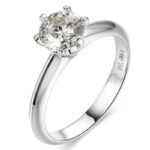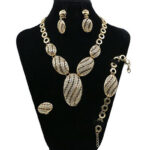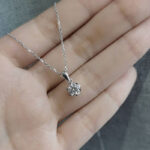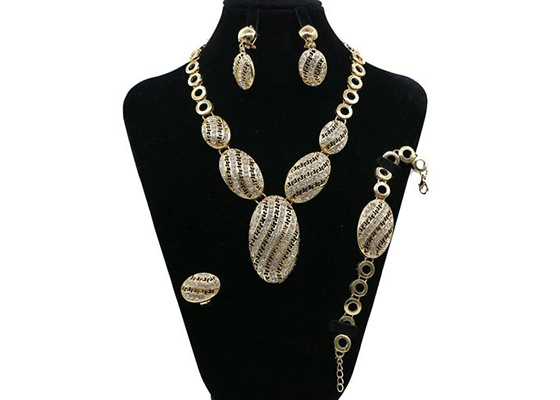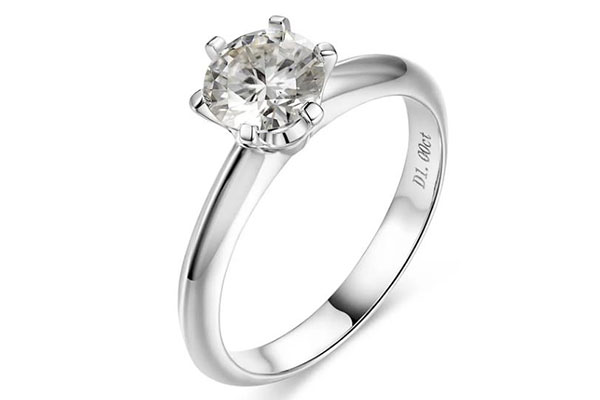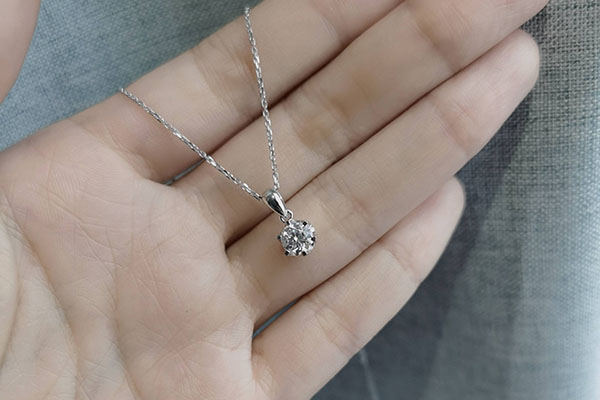African jewelry is an important aspect of the continent’s diverse cultural heritage, with a rich history dating back thousands of years. From traditional beaded necklaces and bracelets to intricate metalwork and carved ornaments, African jewelry reflects the unique traditions and artistic styles of the various cultural and ethnic groups found across the continent.
In this post, we’ll explore some of the main traditional jewelry styles found in Africa, as well as how these styles have evolved in the modern era.
Traditional African Jewelry Styles
One of the most well-known traditional jewelry styles found in Africa is beaded jewelry. Made from a variety of materials such as seeds, shells, and beads, these pieces are often worn as symbols of status or for ceremonial purposes. For example, Maasai women in East Africa often wear beaded jewelry to indicate their marital status, with the number and type of beads indicating whether a woman is married or single.
Metalwork is another common form of traditional African jewelry. The Ashanti people of West Africa, for example, are known for their gold jewelry, which is often intricately designed and can feature symbols or animals with cultural significance. The Zulu people of South Africa are known for their beadwork and wire work, which is often used to create bangles, earrings, and other types of jewelry.
Carved ornaments are also a popular form of traditional African jewelry. These can be made from materials such as bone, wood, or stone, and are often intricately carved with patterns or symbols. For example, the Dogon people of West Africa are known for their carved wooden pendants and masks, which are used in rituals and ceremonies.
Modern African Jewelry
While traditional African jewelry styles are still widely worn and celebrated, the continent’s jewelry industry has also evolved in the modern era. Globalization and contemporary fashion trends have had a significant impact on the types of jewelry being created and worn in Africa today.
Many modern African jewelry designers draw inspiration from traditional techniques and styles, but also incorporate more contemporary materials and aesthetics. For example, South African designer Zama Mathe combines traditional Zulu beadwork with more modern materials such as silicone and plastic to create bold, colorful pieces.
Other modern African jewelry designers are taking a more experimental approach, incorporating elements from a variety of cultural influences. Nigerian designer YZ Collection, for example, combines traditional African fabrics and prints with modern silhouettes to create statement pieces that are both culturally significant and fashionable.
Conclusion
African jewelry is an important aspect of the continent’s rich cultural heritage, with a long history of artistic traditions and styles. From traditional beaded necklaces and metalwork to modern, experimental designs, there is a wide range of African jewelry to discover and appreciate. If you’re interested in learning more about African jewelry and supporting African designers, consider seeking out traditional pieces when traveling to Africa or looking for more modern, contemporary designs from African-based designers.

